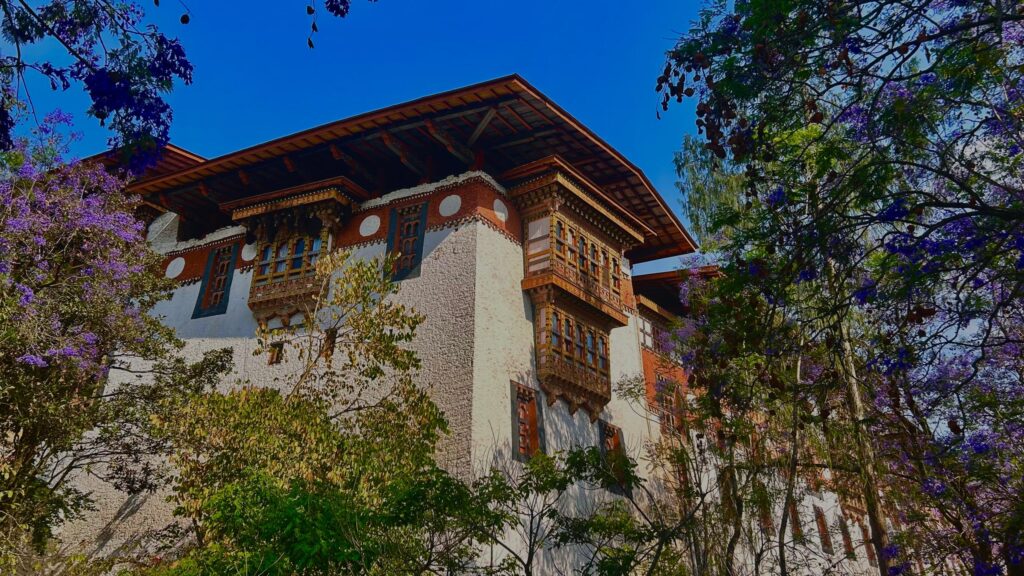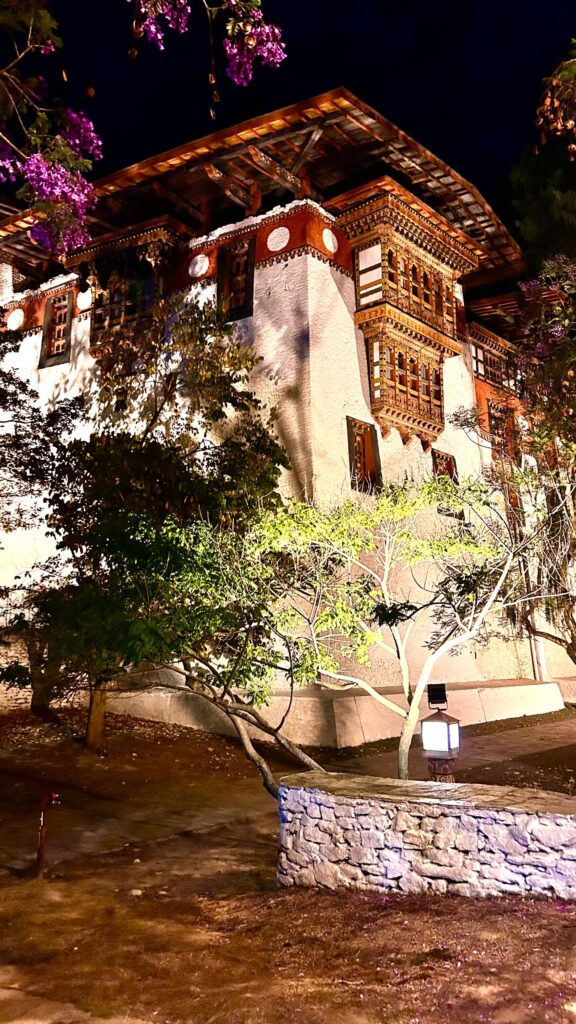Exploring Punakha Dzong: A Jewel of Bhutanese Architecture



Nestled at the confluence of the Pho Chhu (Father River) and Mo Chhu (Mother River), Punakha Dzong stands as one of Bhutan’s most magnificent and historically significant structures. Known as the “Palace of Great Happiness,” this dzong is not only a vital religious and administrative center but also a masterpiece of traditional Bhutanese architecture. Here’s a detailed exploration of Punakha Dzong, its history, architecture, and cultural significance.
Historical Background

Punakha Dzong was built in 1637 by Zhabdrung Ngawang Namgyal, the founder of Bhutan, to serve as the administrative center and the winter residence of the monastic community. The dzong played a crucial role in the unification of Bhutan and has been the site of many important events, including the coronation of the first King of Bhutan in 1907. Its strategic location and robust architecture have allowed it to withstand numerous natural disasters, including earthquakes and floods.
Architectural Marvel
Punakha Dzong is a stunning example of traditional Bhutanese architecture, characterized by its intricate woodwork, elaborate carvings, and vibrant colors. The dzong is built using a combination of stone, wood, and mud, showcasing the craftsmanship of Bhutanese artisans.
Exterior Design
The dzong’s exterior is adorned with intricate wood carvings and colorful paintings that depict various Buddhist deities and historical events. The massive wooden doors and windows are beautifully crafted, allowing natural light to filter into the interior spaces.



Interior Layout
The dzong is divided into several courtyards and temples, each serving a specific purpose. The central courtyard is the heart of the dzong, surrounded by impressive walls and towers. The main temple, known as the “Assembly Hall,” houses a large statue of Buddha Shakyamuni and is adorned with exquisite murals that narrate the life of the Buddha.



Stupas and Shrines
Within the dzong complex, visitors can find several stupas and shrines, each with its own significance. The most notable is the stupa dedicated to Zhabdrung Ngawang Namgyal, which is a place of pilgrimage for many Bhutanese.
Cultural Significance
Punakha Dzong is not only an architectural wonder but also a cultural hub. It serves as the winter residence for the monastic community, where important religious ceremonies and festivals take place. The dzong is particularly famous for the Punakha Tsechu, an annual festival that attracts thousands of visitors. During this vibrant celebration, traditional dances, music, and rituals are performed, showcasing Bhutan’s rich cultural

